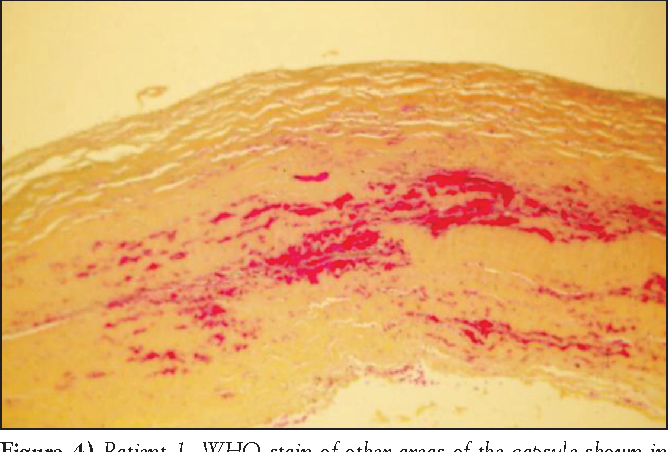Breast Augmentation Hematoma: Causes, Symptoms, and Treatment
Breast augmentation is a popular cosmetic procedure sought by many women to enhance their breast size and shape. While the majority of breast augmentation surgeries are successful, complications can occasionally occur, one of which is a hematoma. In this blog post, we’ll delve into what breast augmentation hematoma is, its causes, symptoms, and the available treatment options. Understanding this complication is crucial for anyone considering or recovering from breast augmentation surgery.
What is a Breast Augmentation Hematoma? A hematoma is a collection of blood that forms outside of blood vessels, typically as a result of trauma or injury. In the context of breast augmentation surgery, a hematoma can occur when blood vessels rupture, leading to bleeding and the accumulation of blood within the breast tissue.
Causes of Breast Augmentation Hematoma: Several factors can contribute to the development of a hematoma following breast augmentation surgery, including:
- Surgical trauma: Damage to blood vessels during surgery can result in bleeding and hematoma formation.
- Inadequate hemostasis: Insufficient control of bleeding during the surgical procedure can increase the risk of hematoma.
- Use of anticoagulant medications: Certain medications that affect blood clotting, such as aspirin or blood thinners, may increase the likelihood of post-operative bleeding and hematoma formation.
Symptoms of Breast Augmentation Hematoma: Identifying the signs and symptoms of a hematoma is crucial for prompt diagnosis and treatment. Common symptoms of a breast augmentation hematoma may include:
- Swelling and bruising: Excessive swelling and bruising around the surgical site.
- Pain and discomfort: Persistent or increasing pain in the breast area, which may feel tense or firm to the touch.
- Changes in breast appearance: Asymmetry or distortion of the breast shape due to the accumulation of blood.
- Skin discoloration: The overlying skin may appear reddish-purple or discolored due to bleeding beneath the surface.
Treatment Options for Breast Augmentation Hematoma: Early detection and management of a breast augmentation hematoma are essential to prevent complications and promote optimal healing. Treatment options may include:
- Observation: In cases where the hematoma is small and stable, close monitoring by a healthcare provider may be sufficient.
- Drainage: Larger hematomas may require surgical drainage to remove the accumulated blood and relieve pressure on the surrounding tissue.
- Compression: Application of compression garments or bandages can help reduce swelling and promote the reabsorption of blood.
- Medications: Pain medications and anti-inflammatory drugs may be prescribed to alleviate discomfort and inflammation associated with the hematoma.
Preventing Breast Augmentation Hematoma: While it may not be possible to entirely eliminate the risk of hematoma following breast augmentation surgery, certain precautions can help minimize the likelihood of this complication:
- Follow pre-operative instructions: Adhering to pre-operative guidelines provided by your surgeon, such as avoiding certain medications that can increase bleeding risk, is crucial.
- Choose an experienced surgeon: Selecting a board-certified plastic surgeon with extensive experience in breast augmentation procedures can reduce the risk of surgical complications.
- Communicate openly: Discuss any concerns or medical conditions with your surgeon before undergoing breast augmentation surgery to ensure personalized care and risk assessment.
Conclusion: Breast augmentation hematoma is a potential complication that can occur following breast augmentation surgery, but with proper awareness, vigilance, and timely intervention, it can be effectively managed. If you experience symptoms suggestive of a hematoma after breast augmentation, it’s essential to seek medical attention promptly to prevent complications and facilitate a smooth recovery. By understanding the causes, symptoms, and treatment options for breast augmentation hematoma, you can approach your surgical journey with confidence and peace of mind.




